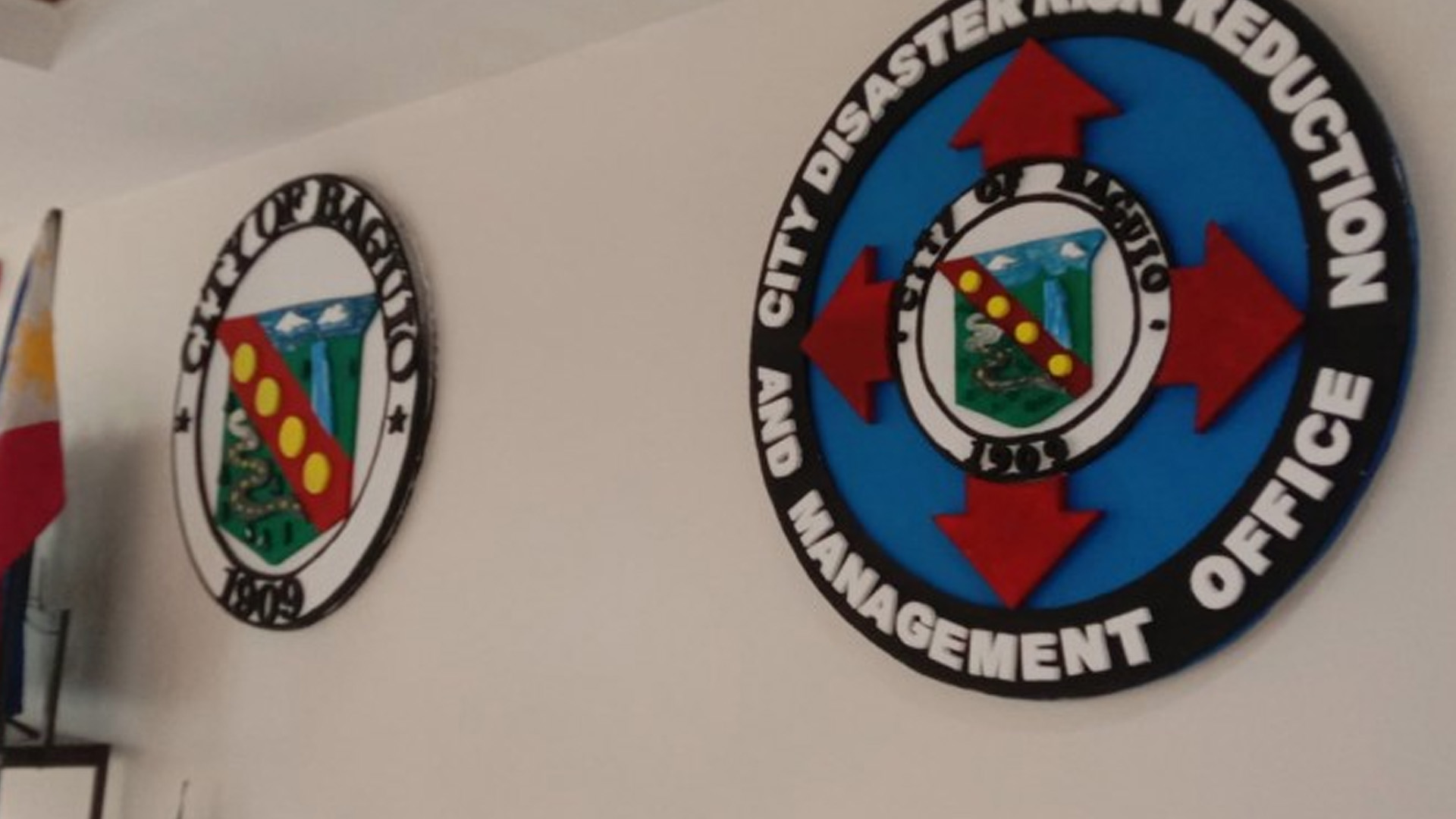The City Disaster Risk Reduction Management Council (CDRRMO) here retrained its personnel whose skills are essential before, during and after a calamity, in preparation for the wet season.
The training aimed to equip participants with the knowledge and skills to conduct rapid damage assessments and needs analysis (RDANA) in disaster-stricken areas, according to Local Disaster Risk Reduction Management Officer (LDRRMO) officer Charles Bryan Carame.
“Equipping local responders with RDANA skills is critical in ensuring efficient disaster response and in laying the groundwork for long-term recovery planning,” he said in a media interview.
The training was facilitated by instructors from the CDRRMO, Office of Civil Defense (OCD) and Department of Health.
Carame said training on RDANA provided a quick “snapshot” of the disaster situation, determining the type and extent of damage including secondary threats, critical needs of the population affected and local response capacities.
Under Republic Act 10121 or the Philippine Disaster Risk Reduction and Management Act of 2010, the OCD is mandated to institutionalize RDANA as a tool for disaster response with standard operating procedures for deployment of teams, information sharing among different government agencies, and coordination before and after disasters at all levels.
Aside from the skills retraining, Carame said they are also updating the three-year local disaster risk reduction management plan anchored on the national DRRM plan and framework for disaster prevention and mitigation, preparedness, and rehabilitation and recovery.
The Philippine DRRM Act mandates local government units to update their plans based on a medium term or three years and long-term plan of six years.
Carame explained said that an updated and approved LDRRM plan is required to pass the Seal of Good Local Governance and Gawad KALASAG (Kalamidad at Sakuna Labanan Sariling Galing Ang Kaligtasan) programs of the Department of the Interior and Local Government. (PNA)








